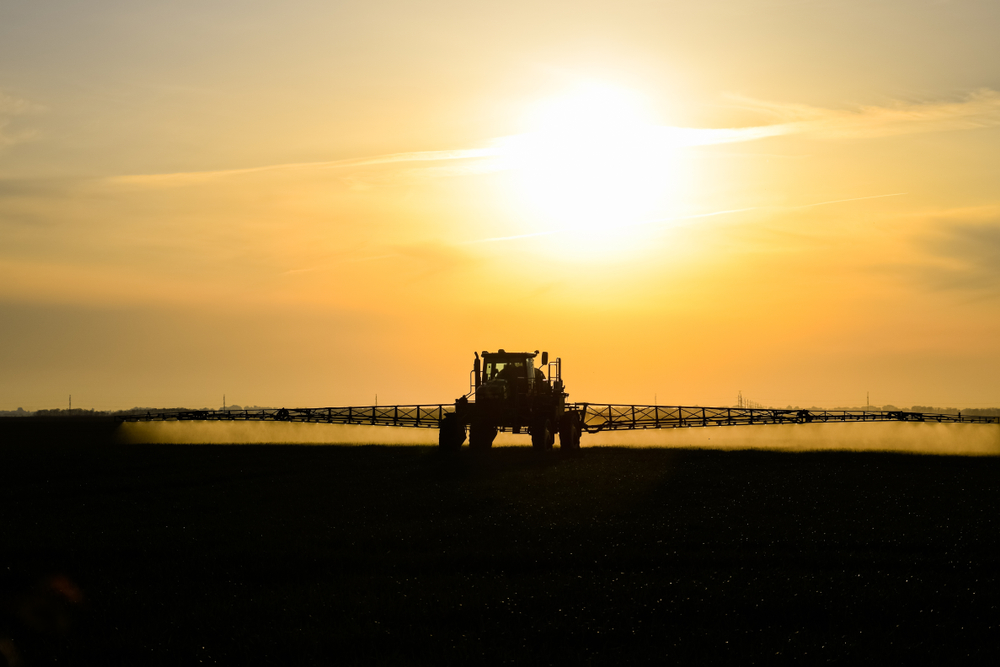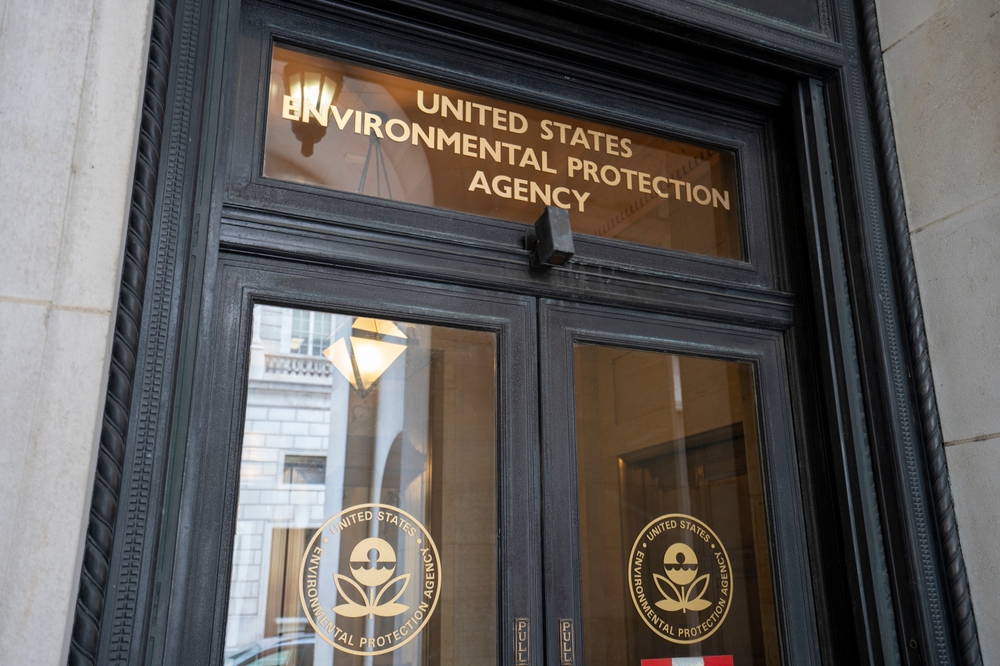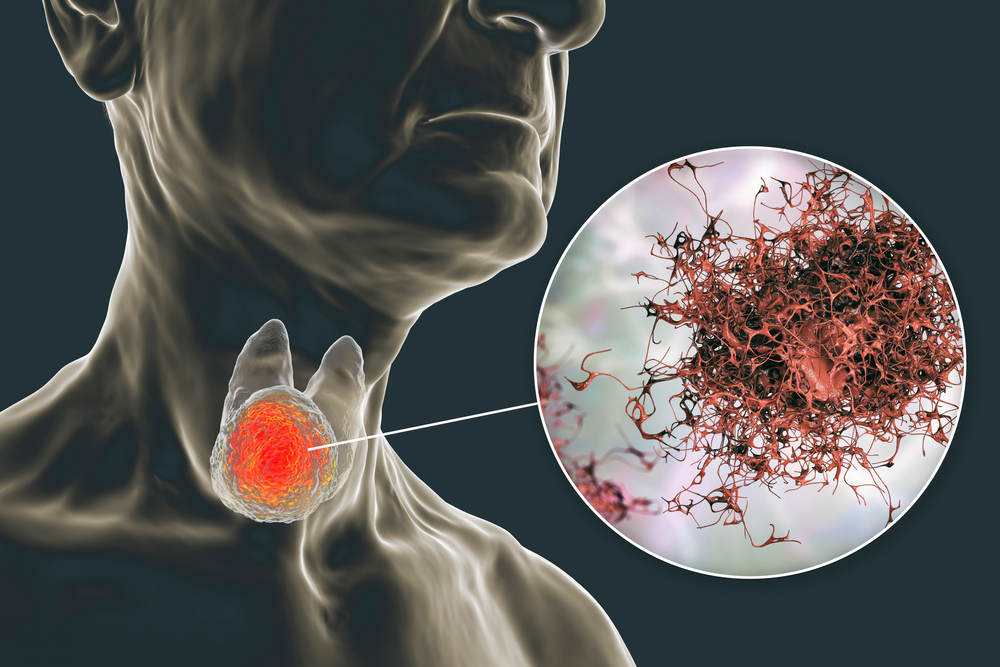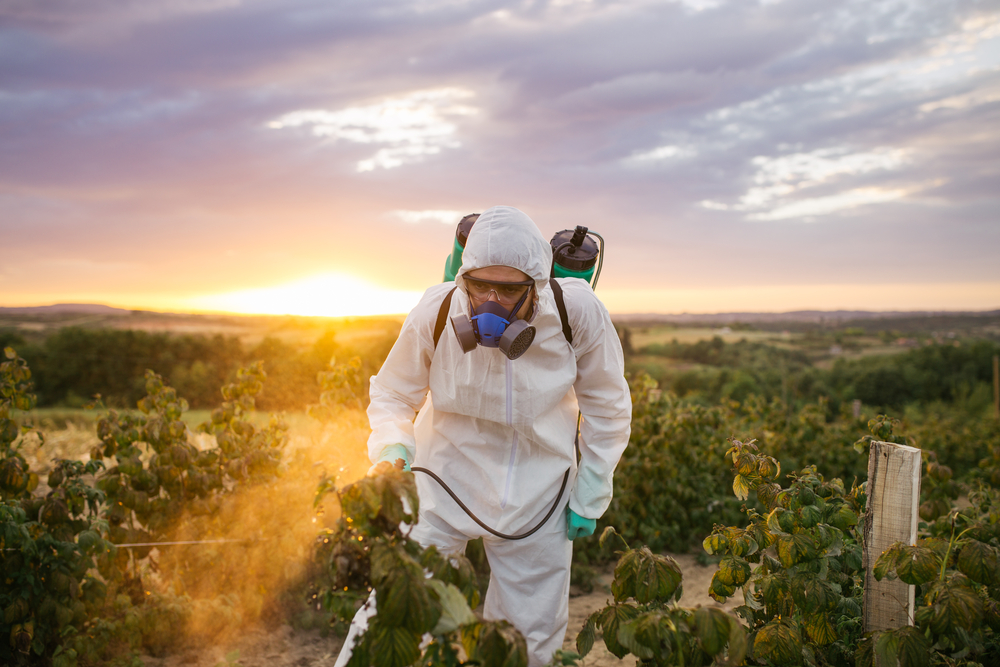Paraquat Aerial Spraying To Continue
During the Trump administration, the Environmental Protection Agency (EPA) proposed several bans on pesticide paraquat. One of the more standout proposals was ending the aerial application of the substance.
Nothing much came of these. In fact, environmental regulations under that administration eased overall.
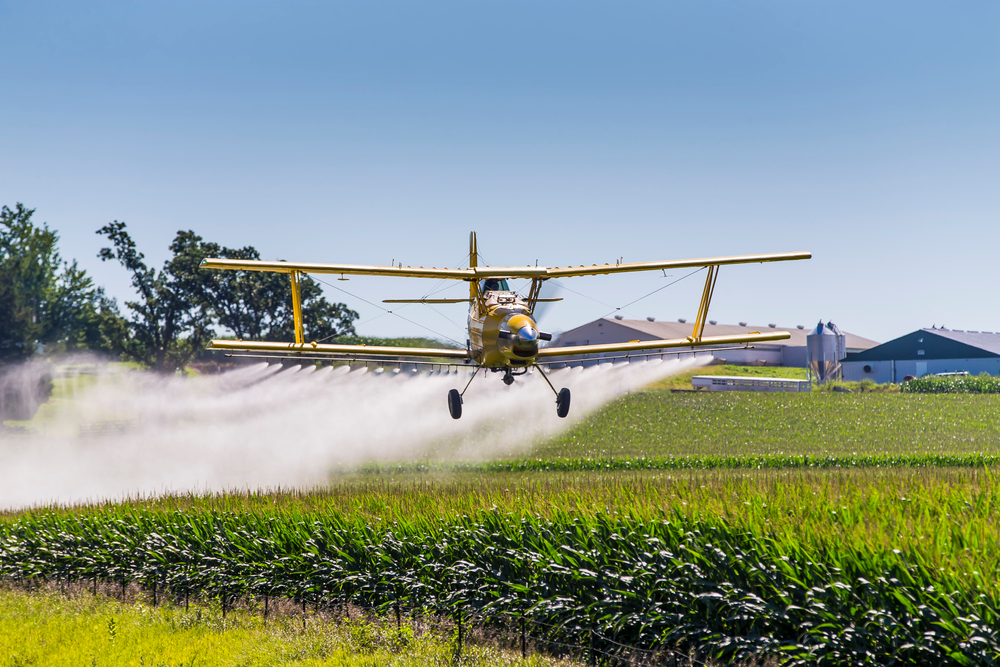
That’s to be expected: historically, Democrats favor regulation in many areas — especially when it comes to environmental issues — more than Republicans.
Now that a Democratic administration occupies the White House alongside a blue House and Senate, one might expect to see these proposed rules go into effect.
However, in an unexpected turn of events, the EPA P.D.reversed its proposal to ban aerial paraquat spraying. Below, we’ll explore why.
What is Paraquat?
Paraquat is one of the most commonly-used herbicides because of its fast-acting nature and ability to kill a wide range of grasses and other undesired plants. It’s been used since the 1960s, thanks to its effectiveness.
However, it also is known to be extremely toxic — ingesting just a small amount (about two teaspoons) can often prove fatal. Those that survive acute amounts can still suffer severe symptoms. Additionally, some recent studies have linked can develop Parkinson’s disease.
For these and other reasons, many countries across the world have banned the use of paraquat. Some activists and legislators have attempted to do the same in the U.S., even introducing bills in Congress to ban the substance, such as U.S. Rep. Nydia Velazquez’s Protect Against Paraquat Act (HR 3817) in 2020. However, this bill never made it far in the legislative process, so paraquat remains legal to produce and use in the U.S.
The EPA’s Decision
The studies that linked Parkinson’s to paraquat exposure had originally prompted the EPA to propose the Trump-era paraquat restrictions in question. However, the EPA conducted a recent review of these studies and essentially concluded the evidence isn’t strong or numerous enough to establish a relationship between paraquat exposure and Parkinson’s.
Here’s what they said:
“Based on the findings from these studies, it was concluded that there is limited, but insufficient, epidemiologic evidence to conclude that there is a clear associative or causal relationship between occupational paraquat exposure and PD (Parkinson’s disease).”
As a result, aerial spraying is allowed to continue, with a few minor restrictions. The EPA created rules regarding buffer zones for spraying near residential areas and fully-enclosed aircraft cabs.
Additionally, only 350 acres can be sprayed with the weedkiller every 24 hours — but there is no usage limit when the substance is used to dry out cotton fields.
Opponents to paraquat usage have been quick to point out where some of the new data used to make the new rules came from — a consortium of agrochemical companies named the Agricultural Handler Exposure Task Force (AHETF). The EPA decision itself says the EPA “has incorporated new data generated by the Agricultural Handler Exposure Task Force (AHETF) regarding levels of exposure to occupational handlers using closed loading systems.”
At this point, the decision is essentially final, even if it still (at the time of writing) remains an interim decision.









